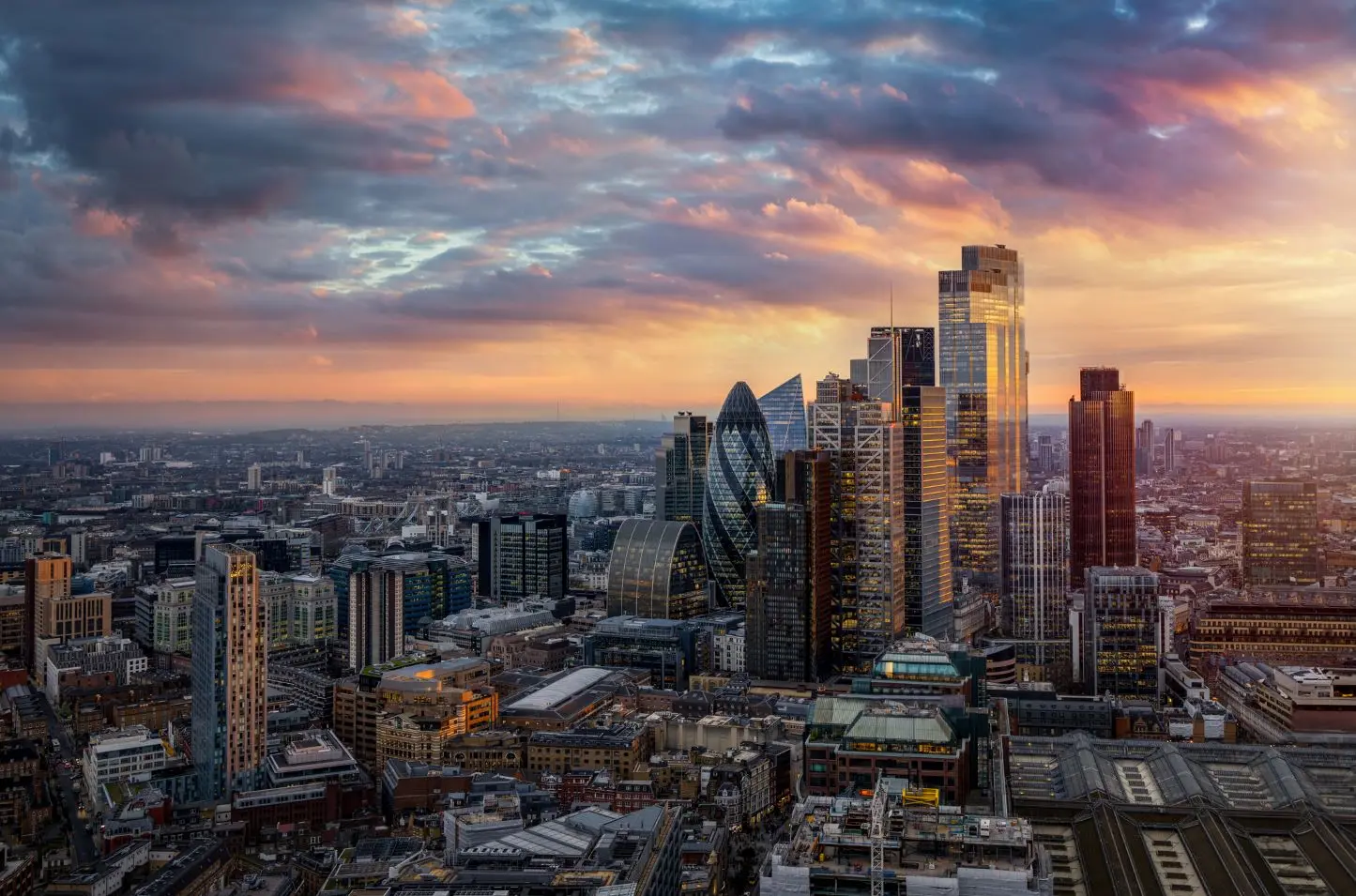The C40 Cities Climate Leadership Group is a consortium of 96 cities around the world working to combat air pollution and make the air in our streets more breathable. It is a global network of mayors united against the climate crisis through inclusive, collaborative, and science-based actions to halve emissions by 2030, help the planet limit warming to 1.5 °C, and build healthy, just, and resilient communities. The objectives of this group include building a global movement, through robust advocacy and international diplomacy, to spread climate action on a large scale and share best practices across high-impact sectors.
Among the C40 metropolises, many have already made their mobility more restrictive by limiting the circulation of cars. Others have increased pedestrian spaces and encouraged soft mobility. The recipe is never the same, but the political will is: air pollution has a huge impact on public health, and congested traffic certainly does not help to reduce travel times. According to C40, it is time to change direction: not by improvising, but by relying on proven strategies that can guarantee solid results.
To help cities design their own clean zones, C40 has developed a comprehensive guideline document for administrations and decision-makers, the 'Clean Air Zone Toolbox'. The ways in which low-emission zones, also called clean-air zones, low-traffic zones, traffic-restricted zones, or even zero-emission zones in cases where the passage of cars is completely banned, are varied indeed.
This is evident in the C40 cities themselves: in London, for example, the clean air zone is extensive, operates 24 hours a day, and requires an entry fee. Paris, on the other hand, focuses on increasing cycle lanes and transforming on-street parking spaces into widespread green areas, while Quito has encouraged pedestrianisation and electric cars. In addition to combating emissions, some administrations have taken targeted measures to combat the harmful effects of solid waste combustion, cooking fuels and industrial emissions.
How, then, does one orientate oneself among this wide range of possibilities? C40 suggests, in its toolbox, starting with a fundamental strategic step: the detailed analysis of your needs (assessment). The grid of questions devised by its experts makes it possible to investigate the concrete reality from many angles. What are the main pollutants? How is the local demography distributed? Which population is most exposed to pollutants, and which are the most vulnerable groups most affected by them? How many people depend on a private vehicle for their journeys? And what can the impact of a reduction in traffic access be on the social and economic vitality of a specific area?
Once data are acquired, awareness deepens and policy choices become more evident: it is the moment for participatory planning, through either citizen involvement or the establishment of focus groups, and for defining policy along with the optimal methods for its implementation.
In this planning phase, the municipality may opt to close an area to traffic or only specific roads. Certain parameters can guide the identification of access criteria: while in some cases all cars may be banned, in others the passage may be restricted to the most polluting vehicles or to all internal combustion vehicles, effectively favouring electric vehicles, including cargo vehicles for goods distribution. Another option is to bet on economic disincentives: a Clear Air Zone can be associated with toll payments, effectively betting on the dissuasive effect of the costs to be incurred.
Some suggestions concern the criteria for choosing the location of Clear Air Zones. The recommendation, in this case, is to start with the areas where population density and air pollution are highest, so as to maximise the impact on the citizenry and leverage the achievements to capitalise on consensus. Voluntary and incentive-based programmes are not dismissed either, as they are particularly suitable in cases where specific legal constraints prohibit policies based on access restrictions. And because psychology plays its part, C40 suggests not opting for what it calls a 'big bang' approach: it is better not to impose a drastic change, but instead to favour the gradual introduction of selected measures.
Of course, a policy based solely on restricting access opportunities cannot, by itself, win the trust of those citizens who are sceptical about measures that could radically change their daily lives. It is important then, says C40, to compensate for what has been taken away with new services, starting with enhanced public transport, pedestrian and bicycle paths that guarantee safety, and power stations to recharge all electric vehicles. Again, the public sector is called upon to set a good example: there would be little point in adopting policies to decarbonise private transport if, for example, new municipal buses were not electric.
To date, there are 320 Clear Air Zones in Europe. Many other cities, from America to Asia, are active participants in the movement, contributing to the global discussion and exploring how to make use of the expertise that C40 and its community provide. The administrators of the C40 cities meet regularly to exchange guidelines and monitor the measures implemented, so as to continuously adjust the solutions applied on the ground according to their effectiveness. A durable commitment that, as statistics confirm, ultimately wins over citizens despite initial controversies, with polls appearing to endorse the adopted policies from Bogotá to Johannesburg, from London to Seattle and Seoul.
